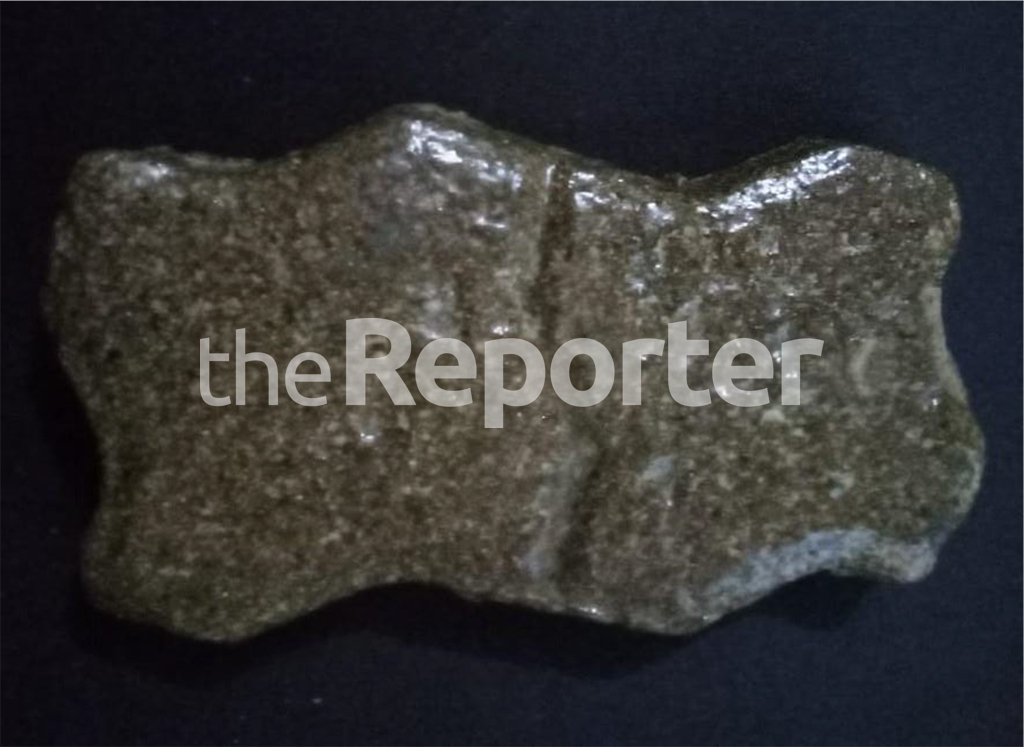By Neo Kolane
Thirty-four-year old Thabang Malataliana is hoping to revive his unique self-glazed products after a fallout he experienced in 2011. He is now looking for someone to invest in the production of his products.
His new self-glazing innovation all started when his supervisor at the National University of Lesotho (NUL) established the technology incubation group now known as NUL Innovation Hub.
Self-glazing is an impervious layer or coating of a vitreous substance which has been fused to a ceramic body through firing. Glaze can serve to colour, decorate or waterproof an item.
His supervisor told him that people from outside the country regard students from NUL as unable to play any important role in their communities.
Malataliana said those who studied at NUL should play a role in the development of their dwellings.
The chemical technology graduate revealed that he has been interested in ceramic for a long time.
He enrolled for an internship at Loti Brick to realise his project. Loti Brick makes bricks with clay. He thought of using readily available resources at the company while the chemical used was obtained from NUL.
He was successful in his endeavours.
Although it had operated for almost 30 years Loti Brick just made simple bricks’
“I thought I would give the company a new product lining that it can venture into and maybe improve its products. That is one thing that inspired me to join the company as an intern,” he said.
Ceramic is one of the courses that he did while a student at NUL. He observes that Lesotho has a lot of stones and that these resources are natural ceramic.
“Stones and clay are readily available raw materials in Lesotho,” Malataliana stated.
He convinced the manager at Loti Brick to give NUL graduates internship in order to carry on with the project.
“Loti Brick didn’t regard the product as its own although it was seen to have great potential,” he said.
Malataliana said that this product can be used to build and pave any building infrastructure. But it has not been used on a large scale.
“Compared to other ceramics its properties appear to be the same,” he suggested, adding that some students have shown interest in the production of the items.
Malataliana told theReporter that at one stage he introduced the idea for production of the items to the trade and industry ministry but the idea did not see any light of the day.
Malataliana stated that the chemical he uses comes in a form of powder. It is mixed with clay- powdered and water.
“I fire the clay body mixture with that chemical once at very high temperatures, the chemical melts, forms a coat (glaze) on the body and when everything cools down to room temperature the glassy coat is seen on the body of the material.
“The degree of the glaze depends on how much the chemical was added initially,” he concluded.









